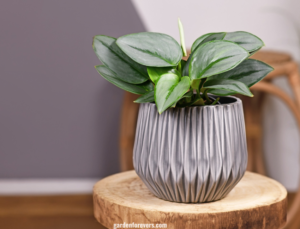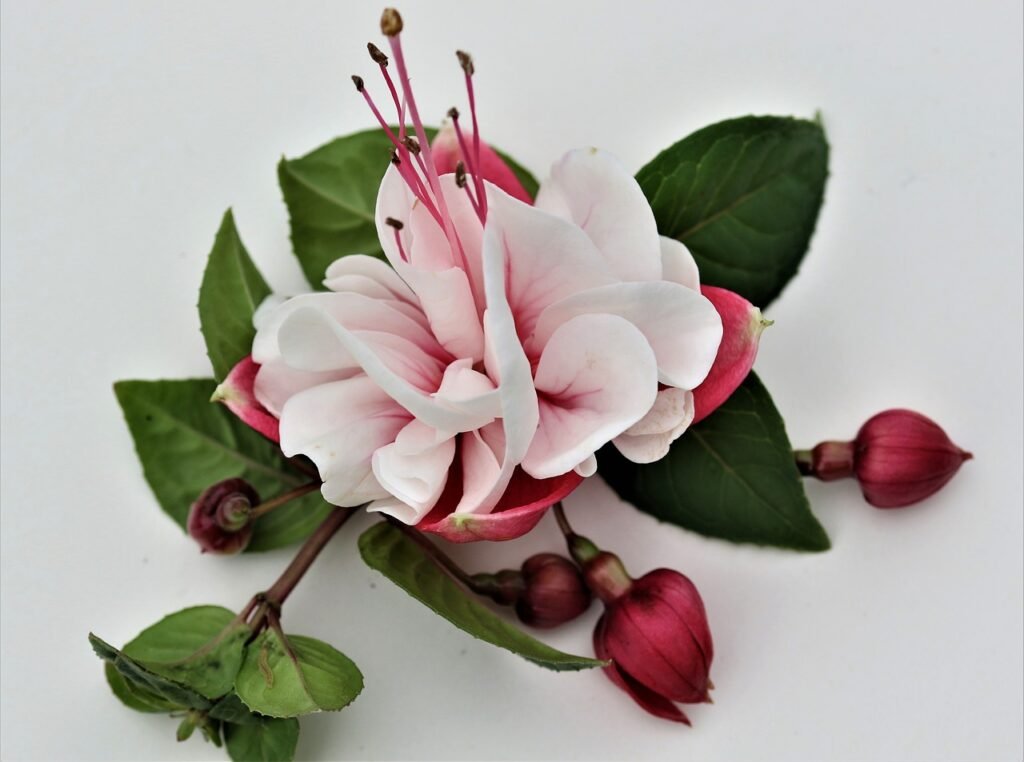How To Grow and Care For Magnolia Trees
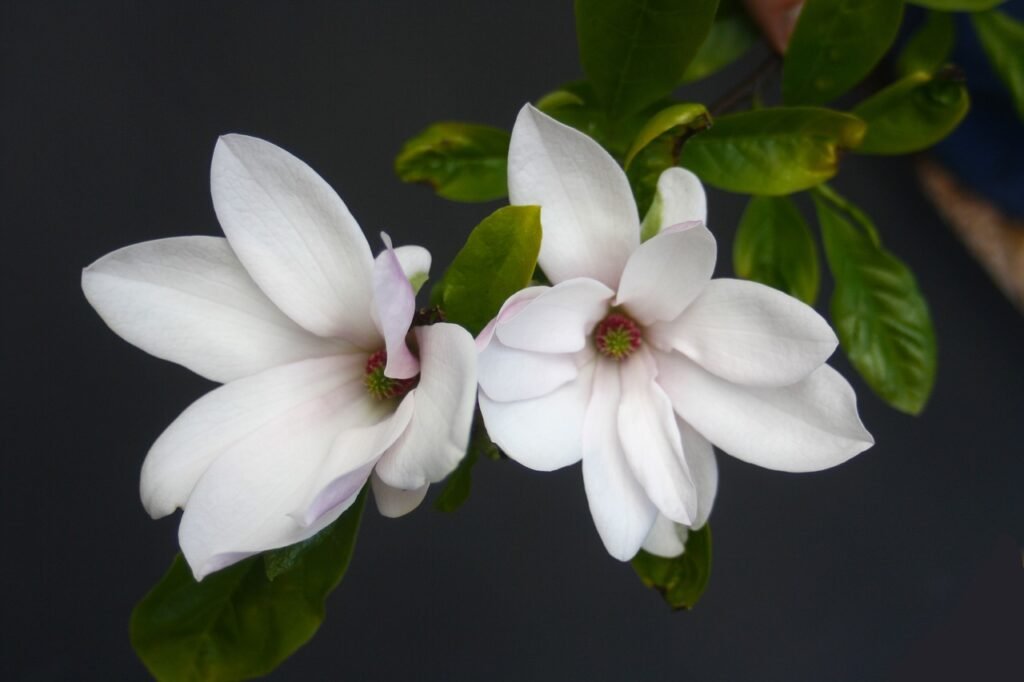
Magnolia trees grow in sunny or partly shaded places with well-draining, slightly acidic soil.
Caring for them requires choosing such a place. Plant magnolias in spring or autumn, ensuring the root ball is level with the ground. Water regularly, especially during dry periods, to establish deep roots.
Mulch around the base to retain moisture and control temperature. Do not over-prune after flowering; you can only remove dead branches to maintain shape. Fertilize using a balanced slow release feed in early spring.
Young trees need protection from strong winds and frosts. Magnolias are stunning trees. They make beautiful-smelling flowers and lush, green leaves. But, only if you take good care of them.
Choosing the Right Magnolia Tree Variety for Your Garden
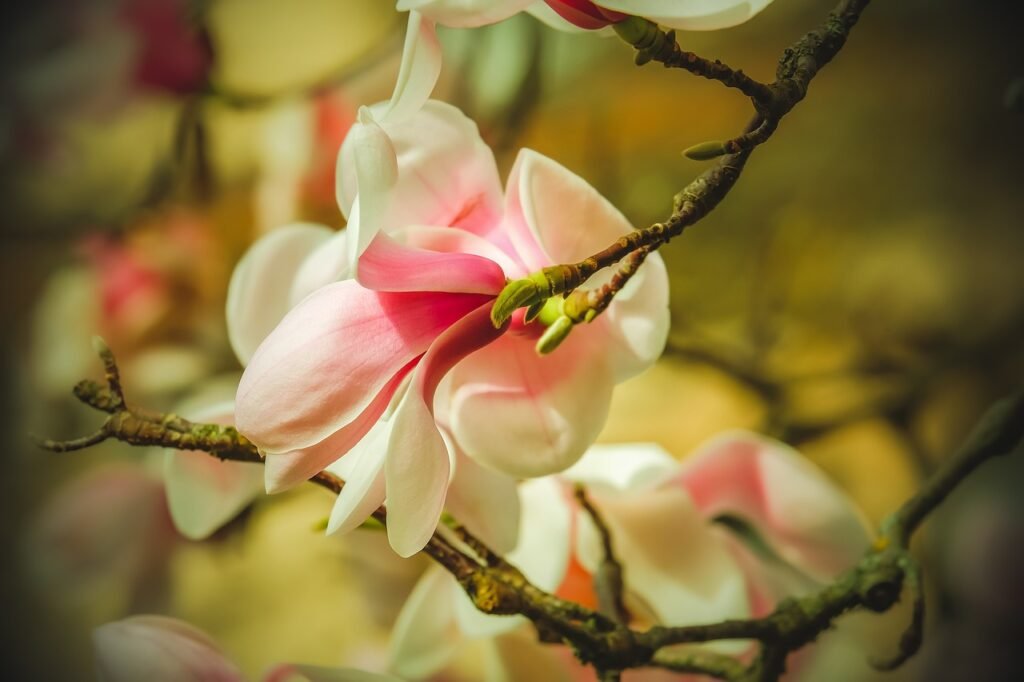
You should consider many factors when choosing a magnolia for your garden. These include climate, space, and looks. If you live in a cold area, the star magnolia (Magnolia stellata) is the best option. It’s due to its hardy white flowers. For warmer areas, the Southern Magnolia (Magnolia grandiflora) would be great. It has big, sweet-smelling white flowers that bloom year-round.
If you lack space, there is a small “Jane” magnolia. It has pinkish purple blossoms and is also a dwarf tree. You can also choose saucer magnolias. They have large pink or purple flowers. Think about,
Growth habit,
Flower colors and
Maintenance.
Consider these things when picking the right magnolias for your garden . If you are interested in learning about the Hibiscus Flower, you must read it.
Planting Magnolia Trees: Tips for Success
To successfully plant magnolia trees, one has to plan properly and prepare well. The following steps which I follow to get a healthy growth:
Choose the Right Location: Go for a sunny or partly shaded area with soil that drains well. They like slightly acidic loamy soils.
Planting Time: Magnolia trees should be planted in early spring or autumn so as not to get affected by extreme weather conditions before roots hold onto the ground.
Dig the Right Hole: Dig a hole twice as wide as deep as the root ball. This will allow sufficient space for spreading roots.
Position the Tree: Put the tree into the hole with its root collar level with the ground. Avoid planting too deeply.
Backfill and Water: Use a blend of compost and soil to fill up the hole. Additionally, soak the soil fully until it settles and displaces any air pockets.
Mulch: Spread 2-3 inch thick layer of mulch around base, keeping away from trunk; it holds moisture in soil and moderates temperature in it, too.
Stake If Necessary: To safeguard young trees against winds they may have to be staked.
Water Regularly: Ensure that your soil is kept moist all through without being waterlogged particularly during initial years
Watering and Fertilizing Magnolia Trees

Watering and fertilizing magnolia trees are crucial for their health and growth. Magnolias like moist, well-drained soil. So, you need to water them regularly, especially in dry spells. However, avoid overwatering, as it can lead to root rot.
For fertilizing, use a balanced, slow-release fertilizer. Do this in early spring before new growth starts. Avoid fertilizers with lots of nitrogen. They can promote too much leaf growth. This growth comes at the cost of flowers.
In all, regular watering and good fertilization will help your magnolia trees thrive. They will have beautiful blooms and lush leaves.
Pruning and Maintaining the Shape of Magnolia Trees
Pruning magnolia trees is vital. It keeps them healthy and looking good. Here’s how to do it:
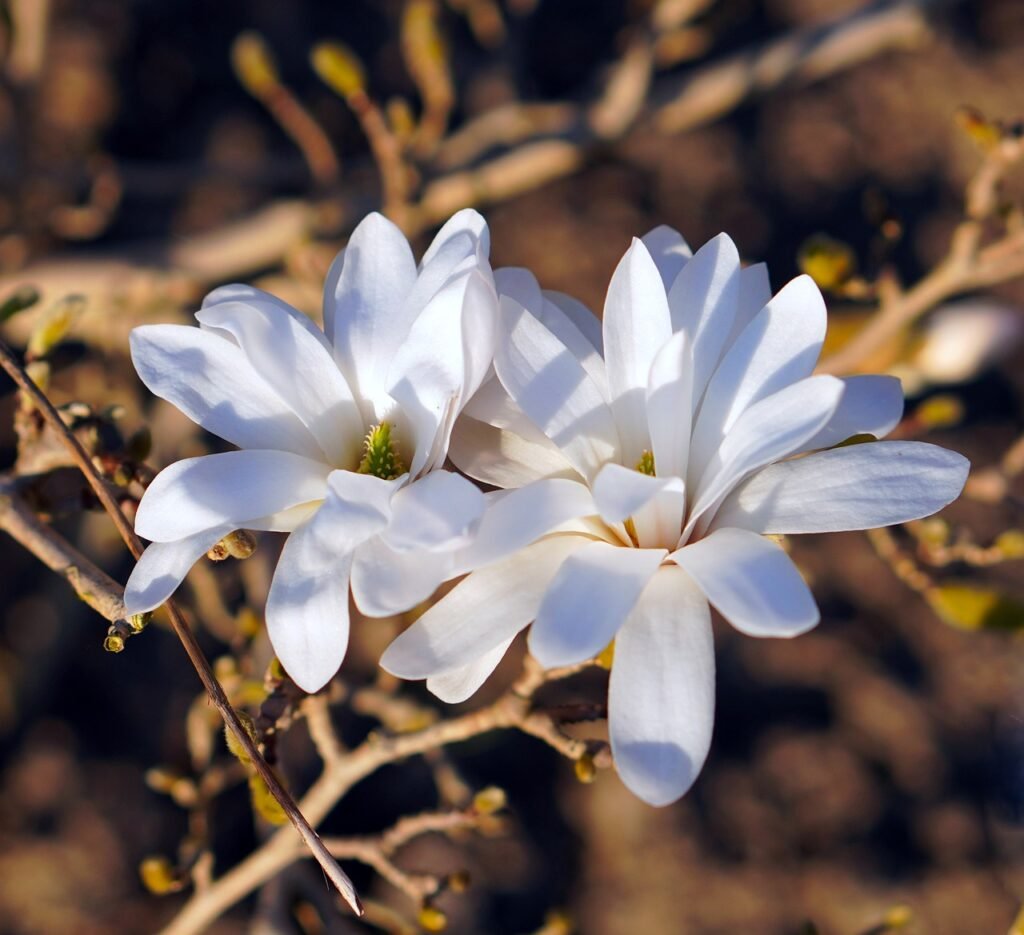
- Timing: Prune magnolias immediately after flowering to avoid cutting off next year’s buds. Late winter or early spring is ideal.
- Remove Dead or Diseased Branches: Start by cutting out any dead, damaged, or diseased branches to promote overall tree health.
- Thin Out Crowded Growth: Thin out crowded areas to improve air circulation and sunlight penetration, which reduces the risk of disease.
- Maintain Natural Shape: Magnolias have a naturally beautiful form, so aim to enhance rather than drastically alter it. Remove any crossing branches or those growing inward.
- Minimal Pruning: Magnolias generally require minimal pruning. Avoid heavy pruning, as it can stress the tree and reduce flowering.
- Use Sharp Tools: Always use sharp, clean pruning tools to make clean cuts and minimize damage to the tree.
FAQs
What are the ideal growing conditions for magnolia trees?
Magnolia trees thrive best in well-drained, slightly acidic soil with a pH of 5.5 to 6.5. They prefer full sun to partial shade, with at least 6 hours of sunlight daily. Magnolias can adapt to many climates. They usually do best in USDA hardiness zones 5-9. This depends on the species.
How often should I water my magnolia tree?
Newly planted magnolia trees need water once a week. This helps their roots grow. Mature magnolia trees are fairly drought-tolerant. But, they should be watered during long dry periods.
Aim to keep the soil consistently moist but not waterlogged. Mulching around the base of the tree can help retain moisture.
When and how should I prune my magnolia tree?
Prune magnolia trees sparingly. Do it mainly for shaping and removing dead or damaged branches. The best time to prune is late winter or early spring, just before new growth begins.
Avoid heavy pruning, as it can stress the tree and lead to fewer blooms. Use clean, sharp pruning tools to make clean cuts and reduce the risk of disease.
What common pests and diseases affect magnolia trees, and how can I prevent them?
Magnolia trees can be prone to pests. These include scale insects, aphids, and thrips. They are also prone to diseases such as powdery mildew, leaf spot, and root rot.
To avoid these issues, keep trees healthy. Give them enough water and the right fertilizer. Also, ensure good air flow. Regularly check your tree for pests or disease. If needed, treat with organic or chemical controls.
How can I propagate a magnolia tree?
Magnolia trees can be propagated through seeds, cuttings, or air layering. Propagating from cuttings is common. It involves taking semi-hardwood cuttings in late spring or early summer.
Dip the cuttings in rooting hormone and plant them in a well-draining soil mix. Keep the cuttings moist and in a warm, humid environment until roots develop. Air layering encourages a branch to root while still attached to the parent tree. It is another effective method.



